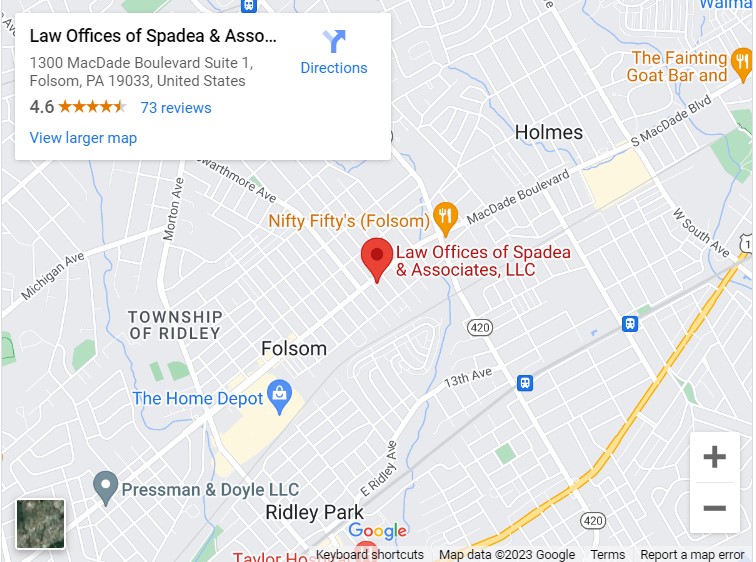Each spouse should make a list identifying all assets that they own together or separately. Assets include tangible items, such as real estate, businesses, cars, boats, jewelry, furniture, and collectibles. They also can include non-tangible items, such as bank accounts, stock options, trusts, life insurance policies, patents, copyrights, retirement plans, and profit-sharing plans.
Next, you need to “characterize” or describe each asset as either “marital” or “non-marital.” An asset’s character plays an essential role in the process of dividing and determining the value of property in divorce. Generally speaking, “marital property” in Pennsylvania includes all assets acquired by either spouse during the marriage which includes anytime between the date of the marriage and the date of separation.
“Non-marital” assets also referred to as “separate property” include the following:
- Assets acquired by either spouse before marriage
- Assets acquired by gift or inheritance at any time (except for gifts from one spouse to the other that occurred during marriage), and
- Assets acquired by either spouse after the date of separation.
Generally speaking, courts have the authority to divide and distribute marital property between the spouses in a divorce, but spouses typically get to keep their separate property.
The date of separation is crucial in characterizing property, because property obtained after the date of separation is generally non-marital.
In Pennsylvania, a couple is separated when they begin to live “separate and apart.” This means that the spouses no longer have sexual relations with one another, and they don’t hold themselves out to the world as a married couple. Spouses don’t necessarily have to live in different households to be separated, but that type of separation may be a little more difficult to prove.
Once you’ve determined the date of separation, you’ll need to determine when assets were purchased. Assets acquired before marriage are separate property. For example, if one spouse owned a car before the marriage, the car belongs to that spouse separately through the marriage and after divorce. In addition, assets purchased after the date of separation are generally considered separate, unless a spouse used marital funds to obtain that asset. If so, it will be considered marital, and valued as part of the marital estate.
Next, you’ll need to find out what each asset is worth. Generally, courts use current value. For example, the current value of a bank account is the balance on the most recent statement. For assets such as homes and cars, courts use current “fair market value,” which means the amount the asset is worth if it were sold to an unrelated third party. This can be determined by looking at recent sales of comparable assets. For assets that are harder to value, like collectibles, you may need to hire an appraiser.
Although an asset acquired before marriage is considered separate property, it may have a marital part or value to it. For example, if one spouse owned an expensive piece of art before the marriage, the artwork itself belongs to that spouse. However, the increase in value of the artwork during the marriage is considered part of the marital estate. To compute the marital value of the artwork, you would start with the value of the piece on the date of separation, and subtract its value as of the date of marriage.
In addition, marital assets may have a separate property component that must be computed before knowing the true marital value. For instance, if one spouse established a retirement plan during the marriage, but continued to make contributions after the date of separation, the plan has now become “co-mingled,” which means it’s made up of both marital and non-marital property.
To figure out the marital value of the co-mingled plan, you would generally deduct the separate property contributions from the current value, taking into account any interest that may have accrued.
If you’re not sure how to value a retirement plan, you may need to hire an expert, such as an actuary who can figure it out.
Finally, even though courts won’t divide separate assets in a divorce, courts can consider their values when deciding how to divide marital property. For example, if one spouse inherited a large amount of money, the court may consider those separate property resources when deciding how to divvy up the marital estate.
If you have any questions about marital assets in Pennsylvania, call Gregory J. Spadea at 610-521-0604 of the Law Offices of Spadea & Associates, LLC







